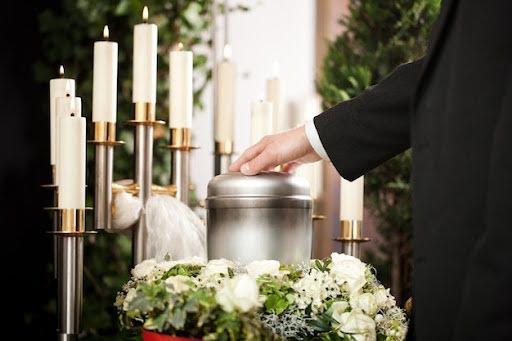
Losing a loved one is undoubtedly a challenging experience, and attending a funeral service requires utmost respect and sensitivity, particularly when it comes to religious ceremonies like Catholic funerals. Catholic Funeral Service are deeply rooted in tradition and have specific etiquette guidelines that attendees and mourning families should know.
This Article Will Delve Into The Key Points Of Catholic Funeral Etiquette To Ensure The Proceedings Are Conducted With The Reverence They Deserve:
Understanding the Significance of Catholic Funerals:
Catholic funeral services hold great significance within the Catholic faith. They are a way to bid farewell to the departed soul and pray for their peaceful transition into the afterlife. The rituals and prayers conducted during the service are intended to solace and support the grieving family while celebrating the deceased’s life and faith.
-
Dress Code and Attire
For Attendees: When attending a Catholic funeral, it’s important to dress respectfully and modestly. Opt for dark-colored, subdued clothing that reflects the somber nature of the occasion. Women should avoid revealing or flashy outfits, while men should wear suits or dress shirts and ties.
For the Mourning Family: The deceased’s immediate family members often wear black attire as a symbol of mourning. This tradition varies; some families might opt for other dark colors instead. The key is to show respect and solemnity through your clothing choices.
Arriving on Time: Punctuality is a mark of respect in any setting, and a Catholic funeral is no exception. Arrive a few minutes before the scheduled service to pay your respects to the family and find a seat. If you are running late, try to enter the service quietly to avoid disrupting the proceedings.
-
Participation in Rituals
Catholic funeral services in Singapore involve several religious rituals and prayers. While you might not be familiar with all the traditions, here are a few pointers to keep in mind:
Holy Water: Upon entering the church, you’ll often find a small font of holy water. It’s customary to dip your fingers in the water and make the sign of the cross as a symbol of cleansing and renewal.
Eucharist: The Eucharist (Holy Communion) may be offered during a Catholic funeral Mass. If you are a practicing Catholic and eligible to receive communion, you may do so. Non-Catholic attendees are typically not expected to participate in this ritual.
Requiem Mass: This is a special Mass for the deceased, where prayers are offered for their soul’s eternal rest. Follow the cues of the congregation during prayers and hymns.
-
Condolences and Interactions
When offering condolences to the grieving family, it’s best to keep your gestures and words simple and sincere. Express your sympathy and share fond memories of the deceased if appropriate. Respect the family’s emotional state and keep interactions brief unless they desire a longer conversation.
Technology and Etiquette:- In today’s digital age, it’s important to be mindful of the use of technology during a funeral service. Turn off your mobile phones or set them to silent mode to avoid any disruptions. Refrain from taking photos or videos unless you have explicit permission from the family or the officiating priest.
Offering Support:- Grieving families appreciate the support of friends and acquaintances during such difficult times. After the funeral, consider contacting the family to offer your continued support. A heartfelt note, a meal, or a simple phone call can go a long way in conveying your care and concern.
Conclusion
Attending a Catholic Funeral Service is an opportunity to show respect, compassion, and solidarity with the grieving family. Understanding and adhering to the etiquette guidelines outlined above can contribute to a meaningful and respectful farewell for the departed soul. Remember that the primary goal is to comfort and support the mourning family while honoring the deceased’s faith and beliefs.


